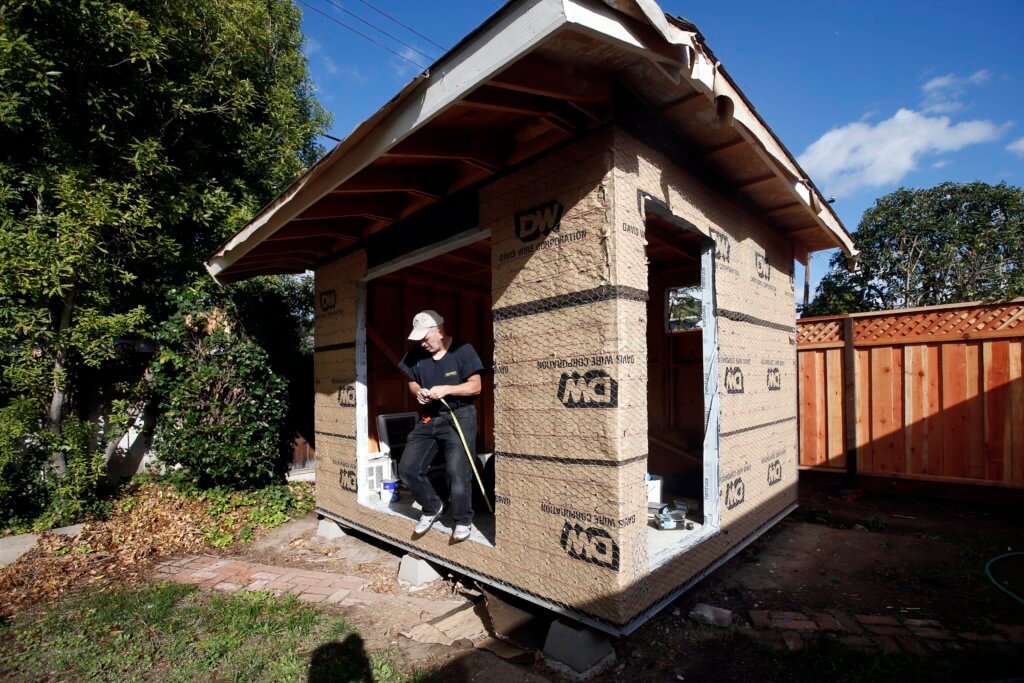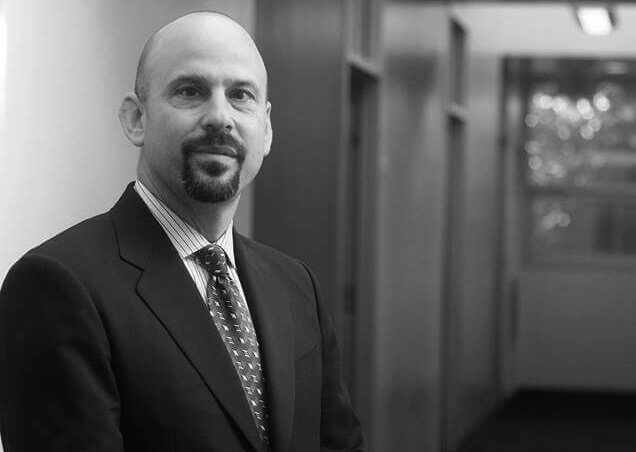Oakland Accessory Dwelling Units & In-Law Unit Planning
In legal and official housing parlances, they’re known as Accessory Dwelling Units or ADU’s, but most call them in-law units, granny flats, backyard cottages and other colloquial terms. As we noted in our introductory post on these pint-sized units, ADU’s are becoming more vogue, and the State has removed many barriers to their construction. Recognizing the important role that ADU’s play in easing the California housing shortage, legislation has revoked municipality-level ordinances that impede construction of in-law units – from parking restrictions to fire sprinkler requirements to burdensome costs – establishing a comparatively lenient baseline criterion for approval.
To align itself with State Law, Bay Area jurisdictions have implemented regulations regarding the construction and rental of ADU’s. Oakland was somewhat of a pioneer in easing restrictions even before the new laws went into effect.
"This is the best way to quickly build our stock of much-needed rental housing… This will also help preserve the diversity of our communities by keeping renters and owners in the same neighborhoods, while creating income opportunities for homeowners who also feel the pressure our region’s high cost of living."
~ Oakland Mayor Libby Schaaf in January 2016, after City Council voted on easing restrictions.

With a stroke of Gov. Jerry Brown’s pen, the process got easier in Oakland and other Bay Area locales, but first some vernacular.
Oakland categorizes in-law units into two broad groups. Category One references ADU’s located entirely within the building envelope of a One-Family Dwelling Facility or detached accessory structure legally in existence prior to January 1, 2017; involve no expansion of the existing structure; have independent exterior access; and side and rear setbacks are sufficient for fire safety. Category Two, on the other hand, references construction of a new structure, or an exterior addition to an existing structure.
Parking requirements have always been one of the most vexing impediments to the addition of ADUs, according to this UC Berkeley report on the subject. Prior to the new laws, most East Bay cities mandated homeowners to furnish additional parking spaces, oftentimes at the expense of green space that had to get paved over. The new laws have addressed these concerns. Category One ADU’s carry no requirements for additional parking. In some cases, however, the owner of Category Two ADU’s must furnish additional parking.
There are no height, size or setback restrictions with Category One ADU’s, nor do they need separate utility connections. Contrast that with Category Two ADU’s, which has several restrictions surrounding the creation of a new unit. The owner need not live on the property, but the ADU may not be rented for any period less than 30 days.
The Oakland Planning and Building Department has prepared a handy PDF describing the zoning regulations that apply as of May 12, 2007.
Make no mistake – even with laxed regulations, building an Accessory Dwelling Unit is a major undertaking that is nothing to be trifled with. Navigating the maddening zoning requirements are best journeyed with a real estate attorney that has hands-on experience with secondary units.
Bornstein Law has also helped owners secure amnesty for “illegal” units – if you have an in-law unit that is currently in the shadows, proper counsel can give you peace of mind and the legal protections that come with legalizing your unit.

If you are considering converting part of your home or an accessory structure to an ADU, you will need to be familiarized with the myriad of codes and paperwork needed to bring the project to fruition. The Oakland landlord lawyers at Bornstein Law will help you navigate the process, from start to finish, or legalize an illegal unit if an existing unit is not compliant.
Contact the authority on in-law unit planning →


